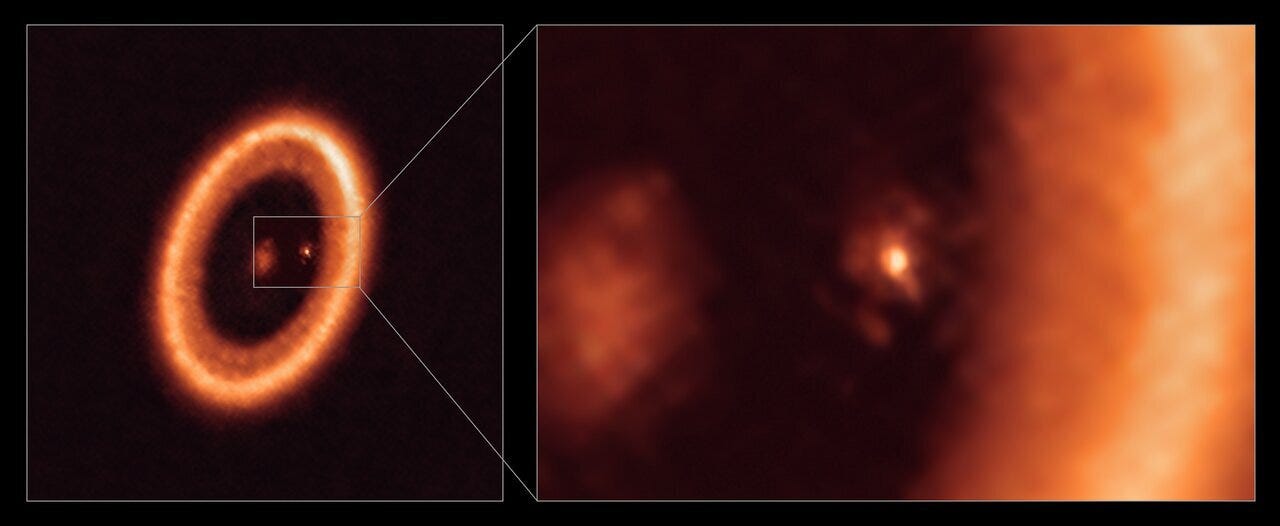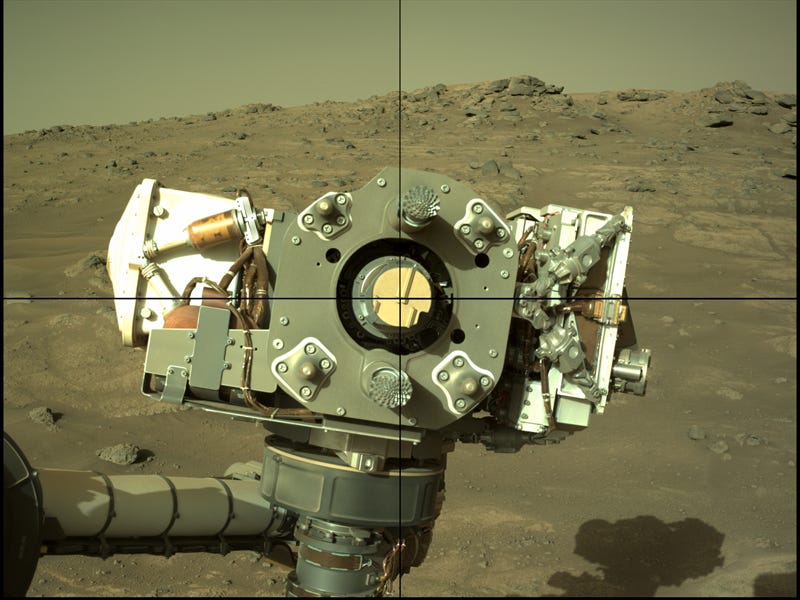volume (1)
July 25th, 2021
Greetings Earthlings!
Welcome to space matter(s); a different kind of space newsletter from an opinionated(?) girl on earth. I am Raella AKA @nasawonthireme AKA Lady Extragalactic AKA triple R AKA 1stopraellashop AKA that chick that won’t stop pointing out planets at night. I love space and I plan to talk a lot about it here with occasional original space doodles/videos/gifs thrown in.
let’s go
volume (1):
Exomoons on Camera(!)

You’re saying to yourself what the f#$% is an exomoon?!
Let’s be quick about this. We live on the planet called Earth. It has one moon we know and love, we call it the moon. Earth orbits a star we call the sun, along with some other cool planets who also have moons. Those stars we love to look up at in the night sky - they too have planets and moons! Planets and moons that orbit stars that are not our precious sun we call exoplanets and exomoons (exo meaning “external; from outside”). So self centered Earthlings…
Although the idea of exoplanets and exomoons has been around for a while, the data coming from ALMA recently solidify the theory. I always think its really cool and important when evidence in the form of an image people can look at comes out to support a theory.
You know how people always say we’re made of stardust? It’s true! Baby stars form when clumps of gas and dust combine and grow more massive until it succumbs to the force of its own gravity and collapses to form the core of a star. These newly forming stars are often referred to as protostars. These baby stars continue to feed off the cloud of gas and dust from which it originated as it continues its stellar evolution. Meanwhile, in the very same cloud (called a circumstellar disk) surrounding the baby star something similar yet different is happening.
Just as the baby star clumped together slowly to grow more and more massive, so too will the baby planets start clumping and forming protoplanets by combining together and growing more massive. As they collect material from the disk and continue to grow, they carve out voids in their home star’s circumstellar disks.
Take in this image of 20 different circumstellar/protoplanetary disks imaged by ALMA.

It turns out, in this process a planet can acquire its own circumplanetary disk (cloud of dust and gas around the planet). So now not only is the growth of the planet being regulated by this dust disk, but the planet’s dust disk is itself clumping, amassing more dust, carving out a void in the disk… A disk within a disk. This sounds to me suspiciously like a satellite forming around a planet which is by our definition a moon!
Watch this incredible visualization based on actual observation from ESO using ALMA showing the two dust disks and all the babies forming.
primary source
What’s cool about moons and exomoons is that because they are formed from the same material clouds of the planets they orbit (in most cases, let’s say), they serve as ancient relics of early solar systems wherever they are discovered. Whereas a planet like Earth has and will continue to evolve on a planetary level in its lifetime, perhaps erasing even previous versions, a moon like ours is like a snapshot of a time long ago. Studying our moon can give us insights to understanding our planet and our solar system in its early stages of evolution.
My favorite photos from Mars this week - it’s Perseverance (!)
That is literally MARS. Wild. Look at that landscape. Love the composition of Perseverance’s arm/hand making shadows in front of the horizon. This is a combination of four photos taken by Percy’s Left Nav Cam on Sol 150 (July 22nd 2021 Earth Time). Check out Perseverance’s photos yourself, updated daily!
Don’t Miss Out (!)
“The nitrogen in our DNA, the calcium in our teeth, the iron in our blood, the carbon in our apple pies were made in the interiors of collapsing stars. We are made of starstuff.” - Carl Sagan



